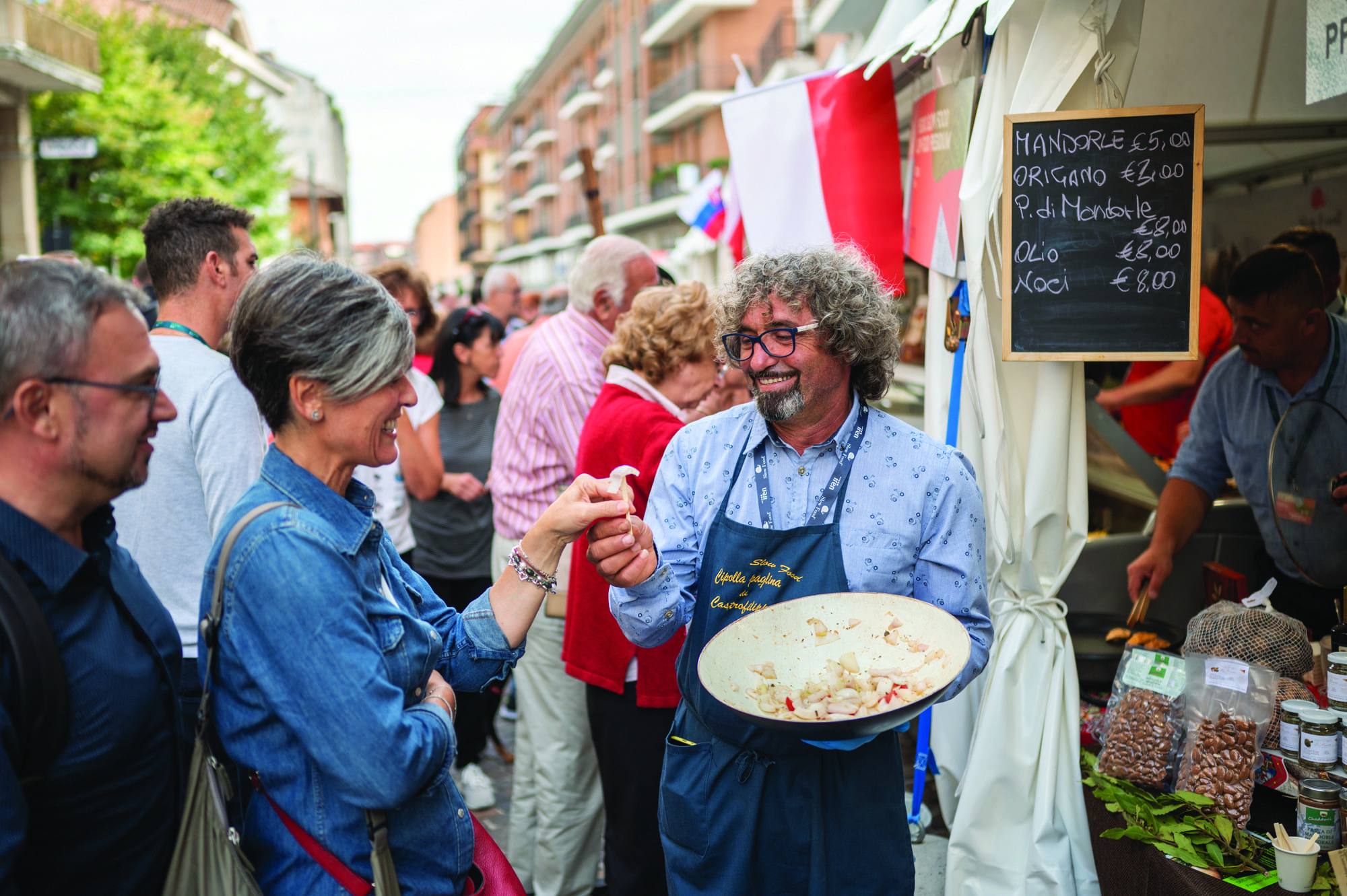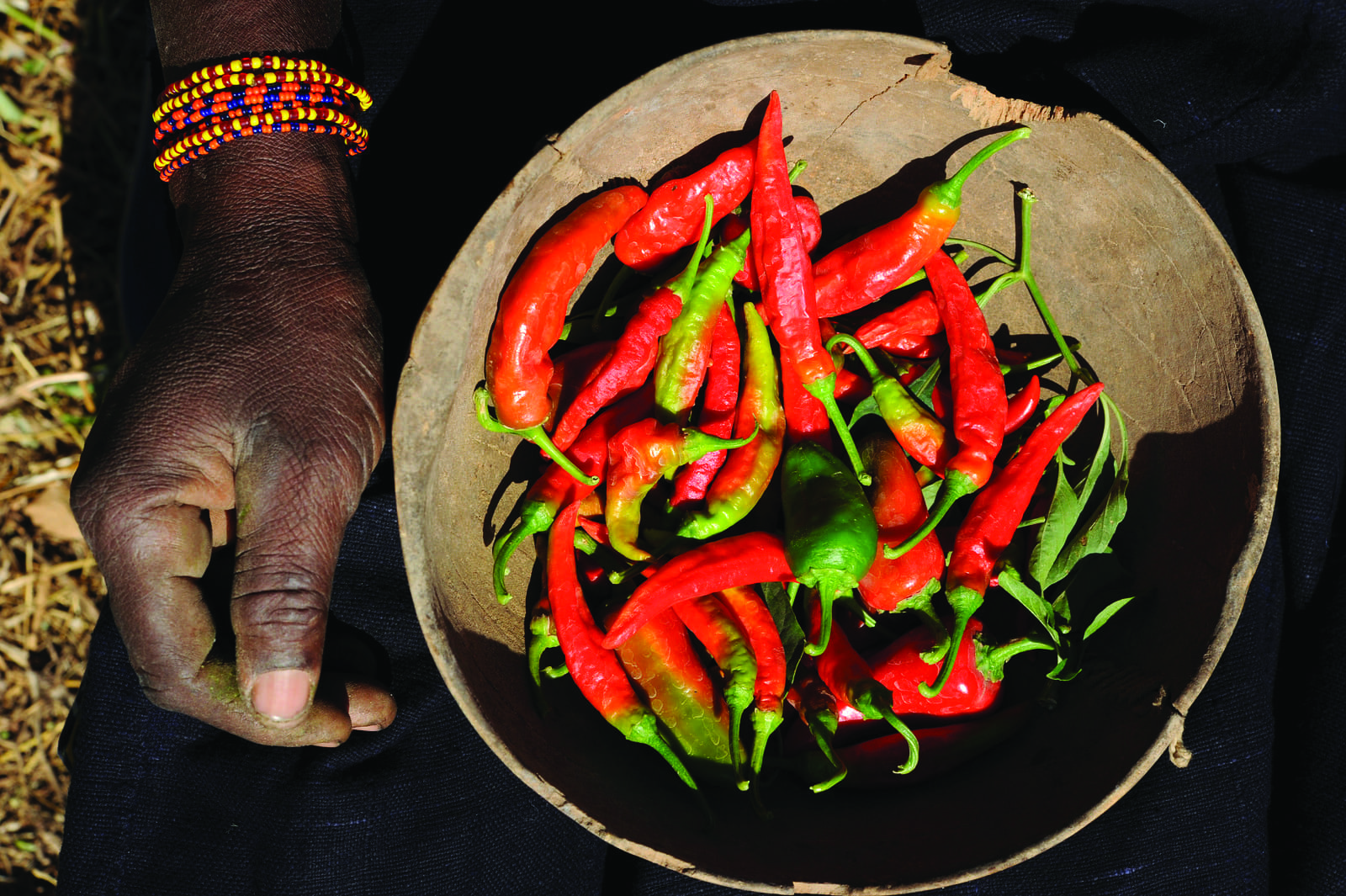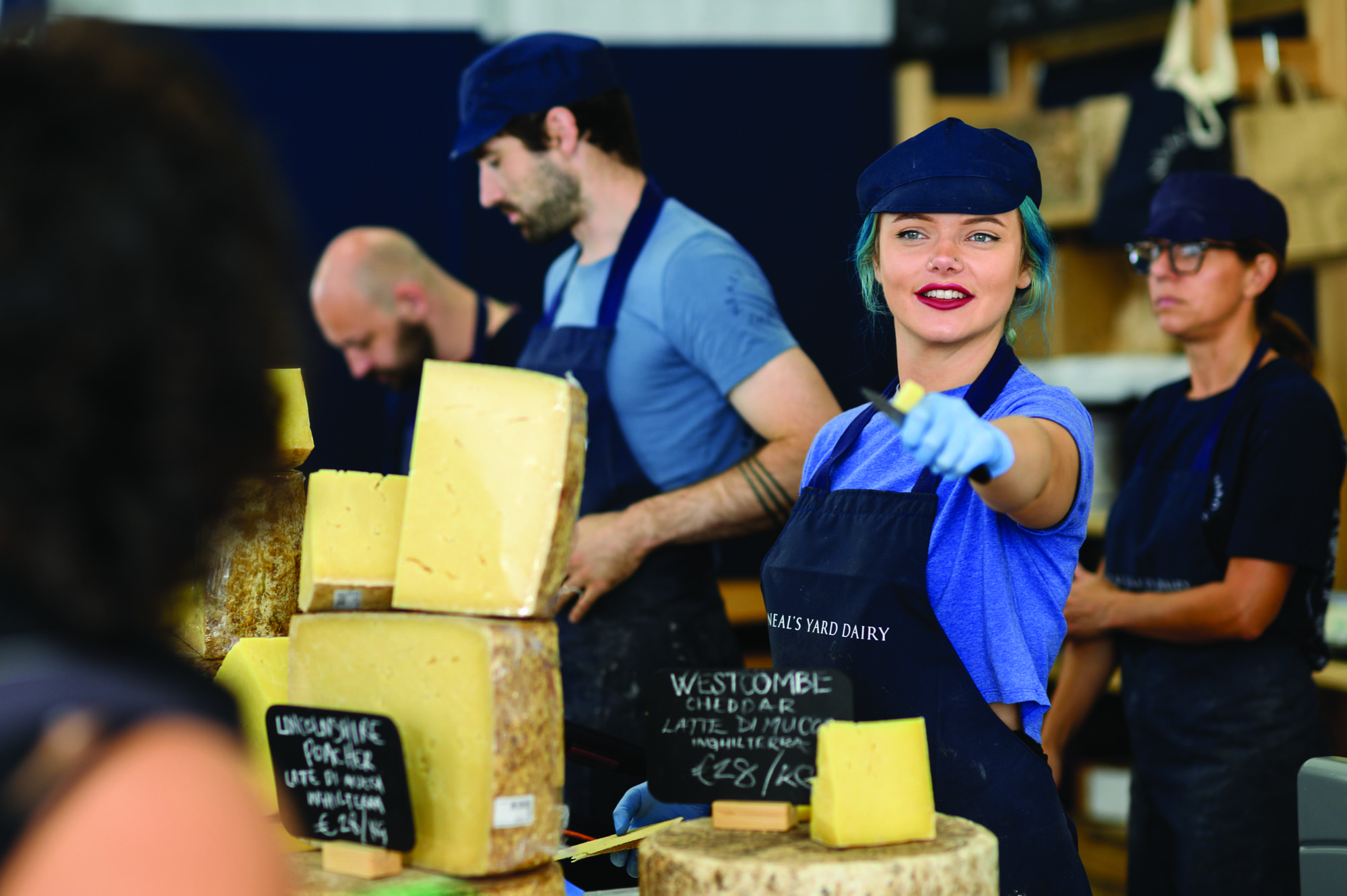A Brief History of Slow Food
Despite the hiccups of decision-making, the Common Agricultural Policy (CAP) will take substantial steps in contributing to the new EU Green Deal.
Our story begins in Rome, in March 1986, where the first McDonald’s in the country opened near the famous Spanish Steps. The event was met with widespread protests from all corners of society involving thousands of people. In a symbolic action, one man decided to feed the protesters with plates of pasta, and a movement was born. His name was Carlo Petrini, a journalist from Bra, in the northwestern Piedmont region, and through his determination and zeal the nascent Slow Food organization started to spread.

The process was initially informal, through word-of-mouth, phone calls (the internet was still a distant dream), the Arci network (the Italian Recreational and Cultural Association, the largest non-religious association in the country), and Il Gambero Rosso, a food insert of the newspaper Il Manifesto. In November 1987 the Slow Food Manifesto, written by Petrini’s close friend and comrade Folco Portinari, was first published. The movement officially became international two years later, in December 1989, when the Slow Food Manifesto for an International Movement for the Defense of and Right to Pleasure was signed at the Opéra Comique in Paris by leading Italian cultural figures such as Dario Fo and representatives from 14 other countries.
It took human societies thousands of years to develop this rich diversity of food cultures, and it could all be lost within a few generations unless action is taken to save them
With its origins as a literary cultural movement, the next step for Slow Food was to set up a publishing arm—Slow Food Editore—and release its first book, Osterie d’Italia (1990), a guide to the slowest restaurants in the country. It has been published annually ever since, becoming a solid reference point for all those interested in a dining experience that reflects local food traditions. National associations were set up in Germany and Switzerland in 1992 and 1993 respectively, as the organization took root and continued its spread within Italy.

The Ark of Taste
The next major step in the Slow Food story comes in 1996, when the first edition of Salone del Gusto was held in Turin, a biennial international fair dedicated to small-scale food producers producing high-quality products reflecting their local culinary traditions. The event was also the occasion for the launch of a flagship project, the Ark of Taste, a global catalog of unique foods (including fruit and vegetable varieties, animal breeds, cheeses, breads and more) at risk of extinction due to the small number of people safeguarding their continued production. As Petrini said at the time, it took human societies thousands of years to develop this rich diversity of food cultures, and it could all be lost within a few generations unless action is taken to save them. To date, the Ark contains over 5200 products from 150 countries.
Being an Italian association, it should come as no surprise that Slow Food has a particularly strong relationship with the world of cheese. Another biennial event dedicated to it, simply called Cheese, was first held in 1997 in Bra, the hometown of the movement, and attracts hundreds of thousands of visitors. Over the years, Cheese has become a vanguard for the defense of raw milk cheese and all the biodiversity it represents: the plants of pastures; the different local animal breeds that graze on these pastures; and even the microbial life in the milk which is destroyed by pasteurization. As a testament to its success, it was able to impose a strict “raw milk cheese only” rule in 2017, which would have been unthinkable 20 years previous—there simply wouldn’t have been enough producers.

At the second edition of Salone del Gusto in 1998 Slow Food invited some of the leading names in global gastronomy to attend the movement’s concurrent International Congress. The list included legendary French winemaker Paul Pontallier, the founder of the American Brewers Association Charlie Papazian, and superstar Spanish chef Ferran Adrià, as well as the incumbent Prime Minister of Italy Massimo D’Alena. All contributed to the legitimization and political recognition of Slow Food’s work and values.
A United Nations of local producers
The next year another flagship project was launched, an extension of the Ark of Taste which goes several steps further in guaranteeing the survival and success of small-scale quality food products: the Slow Food Presidia. These projects—at time of writing there are 590 spread across 74 countries—were Slow Food’s first foray into the production process itself, putting the Slow Food philosophy on agriculture and biodiversity into practice. This involves training activities to improve the quality and sustainability of the production chain, promoting these foods both in their local areas and at Slow Food events, and creating a platform for producers to interact with like-minded folk across the world. And, of course, telling their stories.
Through ongoing advocacy work around the globe by its staff based in Bra, Slow Food went about finding small-scale food producers hard at work protecting their local gastronomic heritage in every continent, often in isolated areas and with limited knowledge of an important and inspiring reality: that they were not alone, that in fact there were millions of people just like them, all united by their adherence to the principles of Slow Food. Out of this growing network came the idea for an event to bring these small-scale producers together, physically, for a sort of ‘United Nations of farmers’. That event was Terra Madre, first held in 2004, where 5000 delegates from 130 different countries all came together for a festival of cultural and gastronomic diversity in Turin: this was the living antithesis of the playing-field-leveling globalization of fast food, where a McDonald’s is the same bland burger no matter where or when you buy it.
The next generation of slow foodies
It was in the same year that Slow Food launched perhaps it most ambitious project yet, and one that has since taken on a life of its own: the University of Gastronomic Sciences. The world’s first learning institute dedicated entirely to the study of food and food culture, was founded in Pollenzo, a small town close to Bra. Since it first opened its doors the University has welcomed over 3000 students from countries all over the world, and, as Carlo Petrini intended, these alumni have gone on to become ambassadors for the Slow Food movement in their hometowns and countries.

Beyond the land, Slow Food also took to the seas in 2004 with the inauguration of Slow Fish in Genoa, dedicated to sustainable fishing and coastal communities, becoming another biennial event. All three of these main events (Salone del Gusto, Cheese and Slow Fish) are characterized by a multitude of activities, centered around a central marketplace where visitors have the opportunity to buy food products directly from the producers. This is a key principle of the Slow Food philosophy – cutting out the middlemen between food producers and consumers. What all the foods on sale at Slow Food events have in common, as Petrini says, is that they are good, clean and fair, a concept explored in his 2005 book of the same name(published, naturally, by Slow Food Editore).
A global phenomenon
From there, the expansion of international events becomes so rapid and far-reaching that it would be difficult to single out the most significant moments, but there are two projects worthy of mention. The first is the Cooks’ Alliance, launched in 2009, which counts over a thousand members globally, all of whom are restauranteurs upholding the Slow Food philosophy in their kitchens, often through the use of Ark of Taste or Presidia ingredients. The second are the 10,000 Gardens in Africa (currently a third of the way towards its target, with 3333 gardens established across 34 countries so far), which aim to ensure the continued self-sufficiency and food sovereignty of local communities which are all-too-often the target of land-grabbing and expropriation.

As with any movement, Slow Food has had to adapt and evolve in order to survive and thrive throughout its 34-year existence, and while Petrini is still President of Slow Food International, the torch has been passed on to a number of leaders who oversee the day-to-day activities of the network around the world. These include: Sun Qun, the General Secretary of Slow Food in China; Edie Mukiibi, Vice-President of Slow Food and spearhead of all the movement’s activities in East Africa, particularly his native Uganda; Serena Milano, who leads the Slow Food Foundation for Biodiversity; and Dali Nolasco Cruz, a Nahua woman who serves on the advisory board of the Indigenous Terra Madre network. There are hundreds of others like them, spread far and wide, but all united by a common vision of food culture which can be defined quite simply by two words: Slow Food.